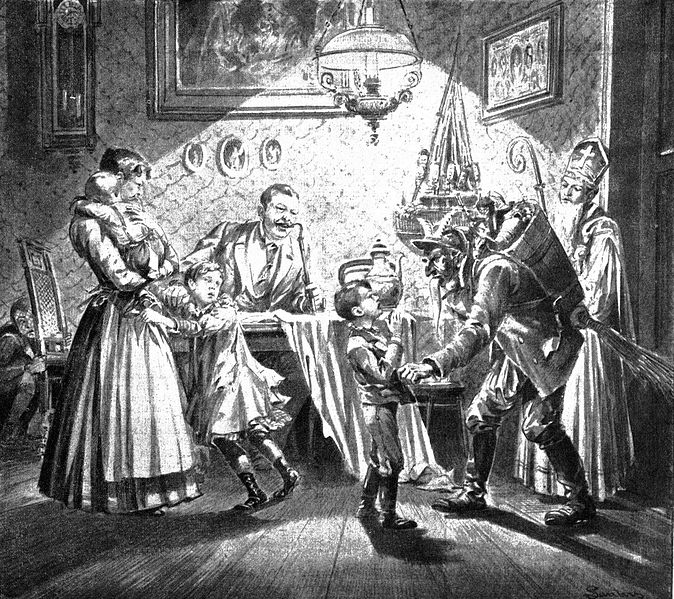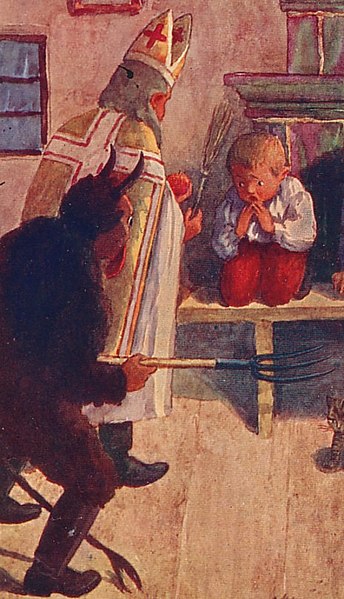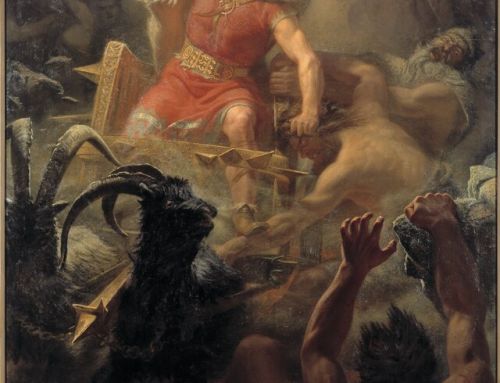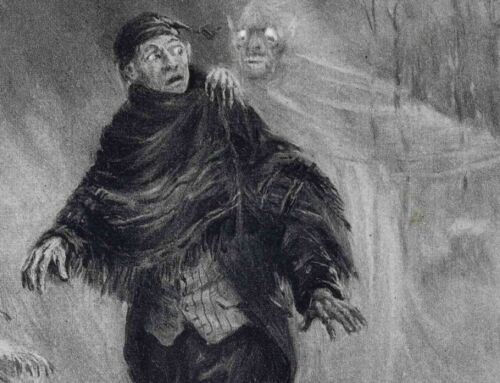Do they know it’s Krampus?
Every child knows the name of Santa Claus, the man in the red suit who provides them with gifts and cheer or gives coal for the those who have not behaved. However, Santa didn’t always hand out punishments. That was reserved for the other magical being he worked with, Krampus.

Much like many characters in literature, including creatures such as Dwarves and Elves, history about supernatural beings is diverse and surprising. This includes Krampus, as according to his Pagan origins he is known as the son of the goddess Hel, ruler of the underworld. Also making him the grandson of Loki, God of mischief and destruction.
In terms of appearance, he has been described as having a long tongue, horns, a tail, fangs and hooves. He wears chains and bells to announce his arrival and carried whips, rods and basket on his back.
Mirthful and violent, he beats children with the rods and whips to teach them the consequences of misbehaviour. And for the children who have committed more serious actions, he puts them into sacks and carries them within his basket, where the children would eventually end up in the underworld and suffer at the hands of demons.

Gradually tales of Krampus solidified within Germany and Austria, where Krampus would work alongside Saint Nicholas during the Christmas period. On December 5th – 6th, Saint Nicholas would come to both countries and deliver treats to good children who had behaved. Krampus would also come and deliver coal to those who hadn’t, followed by punishing them for their misdeeds and beating them up.
Due to his violent ways, Krampus was banned and isolated from the Yuletide season by the Catholic church during the 1920’s in Germany and Austria, which led to Christmas time focusing only on Saint Nicholas.
However, many were still aware of Krampus and continued to celebrate despite the efforts to erase his presence towards the public. Something that was in itself reminiscent of the mischievous actions that the winter time being had influenced onto these people. During the 1960s, suppression of Krampus had stopped and people were once again free to celebrate him without judgement.
In America and Austria, Krampuslauf is annually held to honour Krampus. Where people dress as the mythological being and terrorise others who attend, hitting and scaring those they cross paths with, wearing bells to warn people of the costumed folks approach.
Krampus both in the past and present has been treated similar to that of a ghost story at Christmas or as a warning of a lurking beast. This in turn makes many fascinated with him, the allure of his tale and character allowing people to be reminded that consequences for ill will always occur. Like many myths or legends, Krampus carries a morale tale to behave well towards others, for if not a punishment will follow.
An appropriate opposition to Saint Nicholas who brings joy to all, Krampus brings both fear and respect towards those who learn of him. As while the festive season is a time of celebration, it is also a time for reflecting on your personal values and acknowledging your own pitfalls.





Leave A Comment